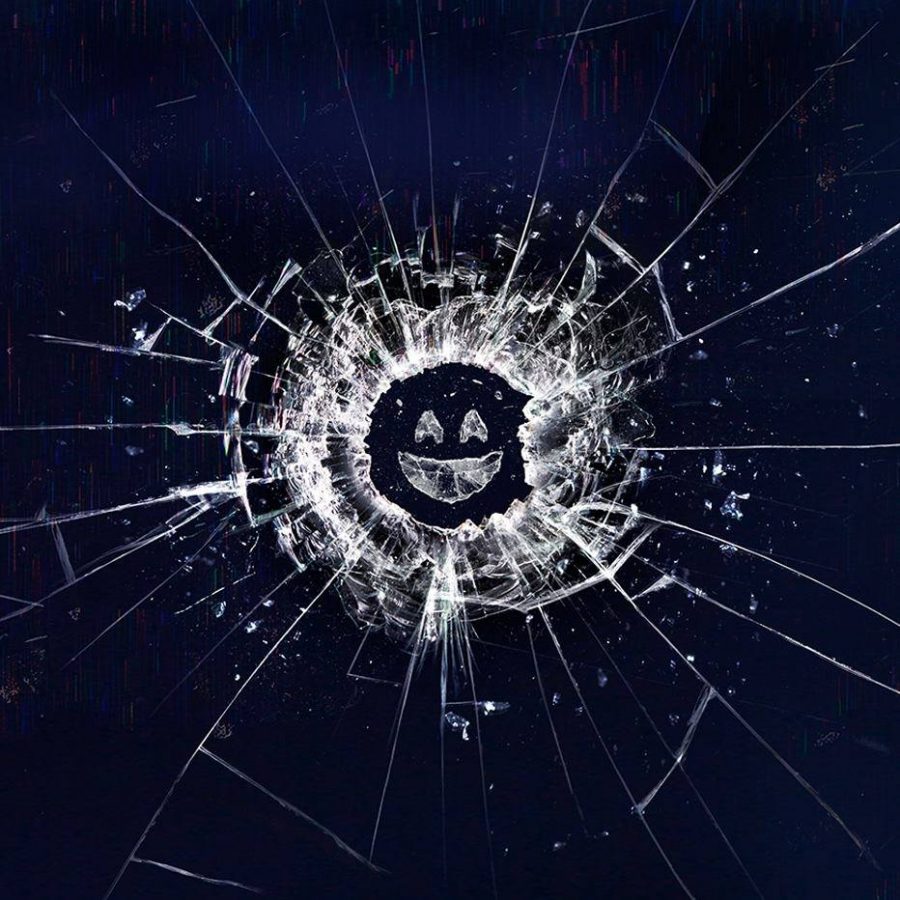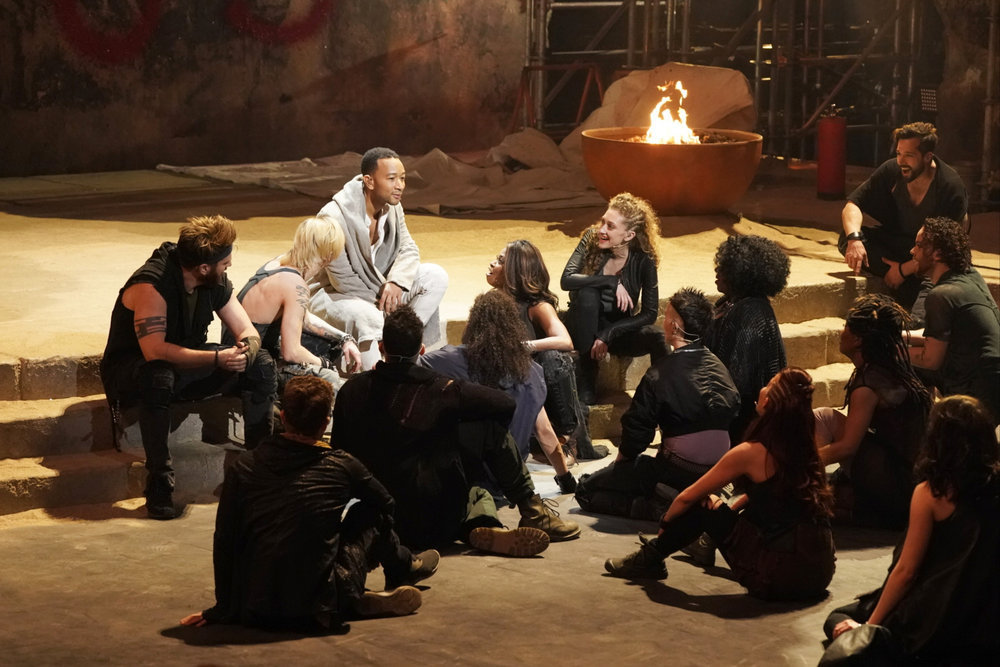“Sugar puffs or Frosties? Thompson Twins or Now 2?”
This is how Netflix’s newest installment of “Black Mirror,” “Bandersnatch,” eases the viewers into the interactive experience. After these decisions, the narrative spirals into a much more ominous world, where you are forced to make terrible decisions for the main character, Stefan (Fionn Whitehead).
“Bandersnatch” is perfect in representing the themes of “Black Mirror,” which is described on IMDb as “an anthology series exploring a twisted, high-tech world where humanity’s greatest innovations and darkest instincts collide.” However, what makes “Bandersnatch” different is the fact that it displaces the frightening power of the technology onto the viewers rather than the characters by utilizing technology that gives the viewers a say in what happens in the dark, twisted story.
It is challenging to justly review a film where the beginning, middle and end depend on the decisions each individual viewer makes. However, I can offer a review of how Netflix’s ambitious use of choose-your-own-adventure technology affects the viewing experience of the film.
The basic story follows Stefan, a young programmer, as he works to develop a fantasy choose-your-own adventure book into a video game. It is set in 1984, unlike all other “Black Mirror” episodes which are set in the future. The director really played with the 1980s setting and created a world full of 80s nostalgia including references to the iconic game Pac-Man and music such as Thompson Twins.
Setting the film in 1984 was a very deliberate choice on behalf of the showrunners as it is suspected to be a reference to George Orwell’s “1984.” The themes of Orwell’s “1984” are reflected in “Bandersnatch” as Stefan fears he has lost control over his life and that there is some “Big Brother” power controlling him. Also, “Bandersnatch” has real-life inspiration, as 1984 is the same year Liverpool-based company, Imagine Software, went bankrupt due to a never-released mega game titled “Bandersnatch.” The game company in “Bandersnatch,” Tuckersoft, reflects many of the exploitative practices of the video game industry during the 80s, such as “unfeasibly short deadlines, lack of clear conversation about pay, and unconventional working environments.”

Though the narrative has countless combinations for every individual who watches, one cannot escape the darkness because the basic story is rooted in violence and horror. Therefore, regardless of the decisions you make, Stefan will be harmed in the end. This is a consequence of the fact that Stefan is struggling with many inner demons and at the therapy sessions you have the option to attend he cannot seem to make progress.
At one choice point, the viewers have the option for Stefan to take the pills prescribed by his psychiatrist or to flush them. The show encourages hurting Stefan because choosing the darker storyline is often the only way to move forward in the show. For instance, if one chooses to flush the pills, they are brought directly to the ending where the game earns a “middling two and half stars out of five.”
“Bandersnatch” is full of twists and turns with many detours and alternate paths which will lead viewers to one of the five main endings or an assortment of hidden, alternate endings. It is not something you can watch passively and it demands your attention the entire time. Though there can be a lot of meaning found in the different storylines, the choose-your-own-adventure technology is really what gives meaning to the film. Ideas brought up in the different paths are then reflected in the uncomfortable decisions presented to the viewers and how Stefan reacts to them.
For instance, in one of the paths, Colin (Will Poulter), a programmer at Tuckersoft, offers LSD to Stefan; however, if the viewers opt to not take the drug, Colin spikes Stefan’s tea so he hallucinates regardless of the path you choose. It is during this scene that Colin says to Stefan, “when you make a decision, you think it’s you are doing it, but it’s not. It’s the spirit out there who’s connected to our world that decides what we do, and we just have to go along for the ride.” Later in the web of decisions, Stefan eventually freaks out that he is being controlled, and this idea originally presented by Colin comes back around. At this point, Stefan tries to resist the decisions the viewers make for him but ultimately, he realizes he has no control.
The complex web of choices would not have worked if the actors and designers making the show hadn’t maintained fluidity across different outcomes. The actors had to stay consistent with their characters in every different path they filmed. According to Poulter, “it [is] hard enough managing one character arc and emotional continuity when you shoot out of sequence. But when you’re doing it across multiple timelines and various different realities, it’s really tough.” Additionally, the designers had to pay close attention to all the little details and ensure that the sets and costumes matched up across the different realities. Without this, the film would not transition smoothly from choice point to choice point.
“Bandersnatch” is not the kind of film you can kick back, relax and watch. It requires a lot of focus and attention. If you are willing to invest the time to explore all the different outcomes, you may find it to be a valuable viewing experience. However, if you only reach one ending and then quit, the message of the film may fall flat. Netflix took a risk by releasing this extremely meta content that has very few constants as it changes in plot, running time and its final outcome; however, the artists working on the show did a beautiful job with the complex task they had.
So, if you are looking for a show where you can focus on the “journey and not the destination,” I recommend “Bandersnatch.” But keep in mind, if you really want to get the full effect of what the program has to offer, you need to be committed to playing the game and engaging in all the different possibilities.
Nicole Bates can be reached at [email protected].



















